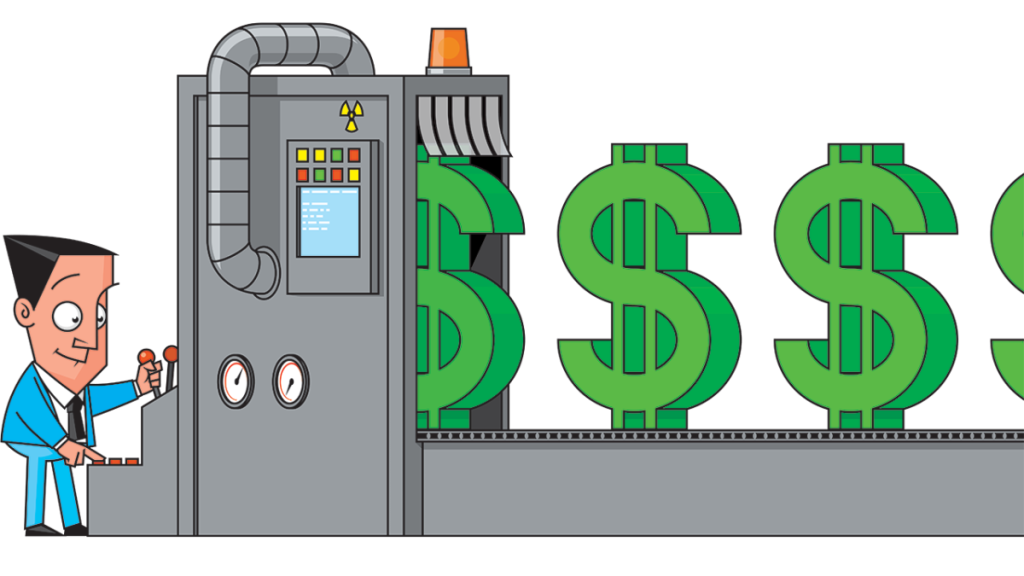Source: IMF 2020.
Note: The vertical axis indicates asset purchases as a percentage of 2020 GDP from March to August in 2020 by Croatia (HRV), Poland (POL), Chile (CHL), Colombia (COL), Thailand (THA), Hungary (HUN), Philippines (PHP), Indonesia (IDN), India (IND), Malaysia (MYS), Romania (ROU), South Africa (ZAF), Türkiye (TUR), and Ghana (GHN). The blue bars are the government bond purchases in the primary and secondary markets. The orange bars are the purchases of private sector assets, including corporate bonds, asset-backed securities, exchange-traded funds, and so forth.
Based on this observation, I address two questions in the paper: (i) Can a sterilized asset purchase program be an effective policy tool in sudden stops? (ii) How to design this new tool, which asset to purchase, and how to sterilize?
I build a small open economy model to examine the effectiveness and design of sterilized asset purchase programs. The model economy is inhabited by households, banks, nonfinancial firms, and the consolidated government. To reflect the stylized facts about EMDEs, I impose (i) liability dollarization, (ii) financial market imperfection, and (iii) fear of losing reserves. Specifically, banks borrow in foreign currency from households and foreign investors. Banks then lend to nonfinancial firms in domestic currency. Banks also operate under the leverage constraint, which becomes binding in sudden stops. The government purchases corporate bonds and sterilizes these purchases by selling FX reserves. But the use of reserves is limited due to the fear-of-losing-reserves constraint.

